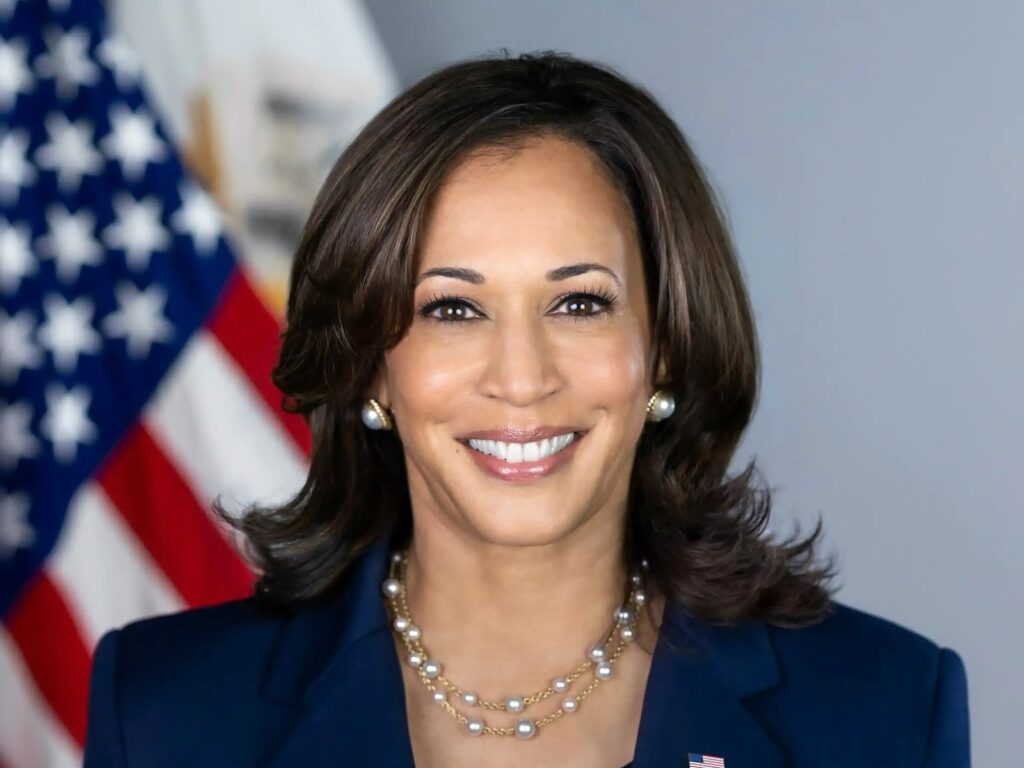
Kamala Harris as a successful candidate for President of the United States follows, to a certain extent, the racial footsteps of Barack Obama as well as breaks new gender ground previously attempted unsuccessfully by Hilary Clinton. This historic attempt along with that of Obama is part of a 21st Century legacy that is is literally changing the face of political leadership in America.
Much of the social and political turmoil we are seeing, including the Trump phenomenon, comes from reactions for and against the changing national look of our identifying nature. This century-long portrait modification anticipates greater drama provided by an overwhelmingly large and diverse Latino community that has been working its way from the bottom up.
In our family, we often have conversations about the issue of identity as it relates to a variety of developments that have been part of our history as well as life in the present day. We talk, for example, about Latino immigrants and how they have come to profoundly turning over the landscape of self-image in the community.
Currently, the compelling story of the Venezuelan immigrant experience is being told and retold especially when it includes the dangerous trek across the Panamanian jungle and its episodes of horror. More than that, the Venezuelan experience is among the many immigrant tales from other regions of Latin America that, once here, substantially alter the way the general Latino community looks at itself.
The leadership in the Latino community has tended to respond to every new point of awareness with a label. In my memory, this kind of reaction started back when many Americans of Mexican descent tried to “get way” from, at the time, the pejorative term, “Mexican,” by calling themselves “Spanish” and even prohibiting their children from speaking the mother language.
When President Obama broke the color barrier, he did it as a biracial man in the more common American tradition of being Black and White. Kamala Harris represents a much more complicated variation not only because of a gender breakthrough, but also because her biracial makeup is Black but not White and her parents are immigrants.

As such, Harris represents the next step in this century’s evolving history of change. Aside from political competence and successful public service, Harris portrays the physical image of what could become the new American.
Her upbringing as a child of immigrants has a lot of implications for the Latino community. This community that began as a southwest people of conquered lands and labeled as Mexican Americans has regained much of what it lost in terms of identity, place and certain prominence with the help of the immigrant community.
It is specifically the Mexican immigrant community that helped to bring back a sense of pride in cultural roots, language of the ancestors, authenticity in the prepared food on the dinner table, willingness to work hard, participation in extended family life, building a business, being patriotic and believing in America’s promise. The foundation provided by these values have become the platform for the Latino drive to leadership.
The appearance of Kamala Harris on the political scene can be an important model for Latino participation in politics. Even though Latino ethnic and racial mix is more complex, it provides a road-map to a future in American politics.
Kamala Harris’ campaign means more than a great accomplishment of becoming President of the United States. She also stands to break the traditional limitations of gender and color to possibly model the new face of our country.
The views expressed by David Conde are not necessarily the views of LaVozColorado. Comments and responses may be directed to news@lavozcolorado.com.


